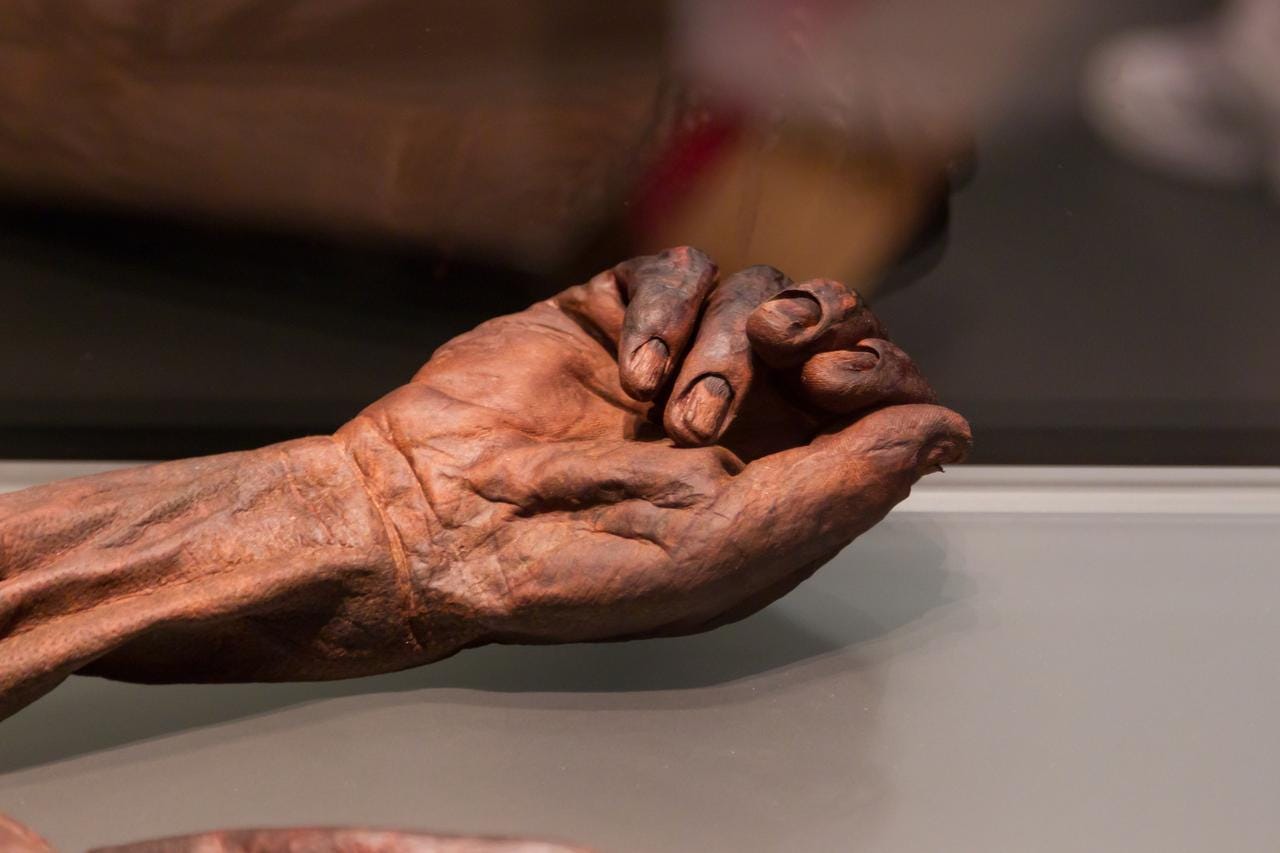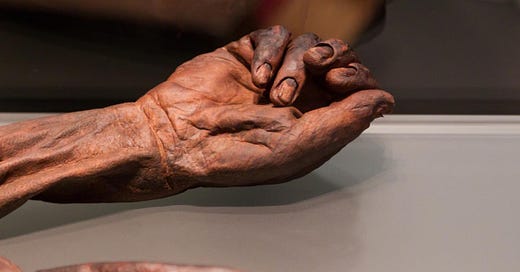Finding the Fountain of Youth in an Ancient Irish Bog
The peat found in some anti-oxidant-rich wetlands has preserved the youthfulness of thousand-year-old corpses. Can it do the same for those who are still alive?

Photo by Jules van den Doel
When his mechanical digger turned up a fresh-looking torso in 2003, the farmer fixing the drainage ditch in a central Ireland bog thought he’d maybe dredged up last week’s murder victim.
He called the local police. There was evidence of foul play — the man had been decapitated, his nipples mutilated — but the archeologists who were called in next determined it wasn’t a crime committed the prior week, or even the year before. Researchers named the body Old Croghan Man, for the nearby Croghan Hill. He, like others found in bogs — wetlands that accumulate deposits of dead plant material known as peat — was likely the victim of a ritual killing. And he was more than 2,000 years old.
Bill Kenny lives a few miles away on a fourteen-acre bog his family has owned for decades. When he heard the news, Kenny thought, “Well, the peat must be good for something.”
Peat, the rotting, carbon-rich material that makes up bogland, had always been good for something. For centuries…
Keep reading with a 7-day free trial
Subscribe to Narratively to keep reading this post and get 7 days of free access to the full post archives.



